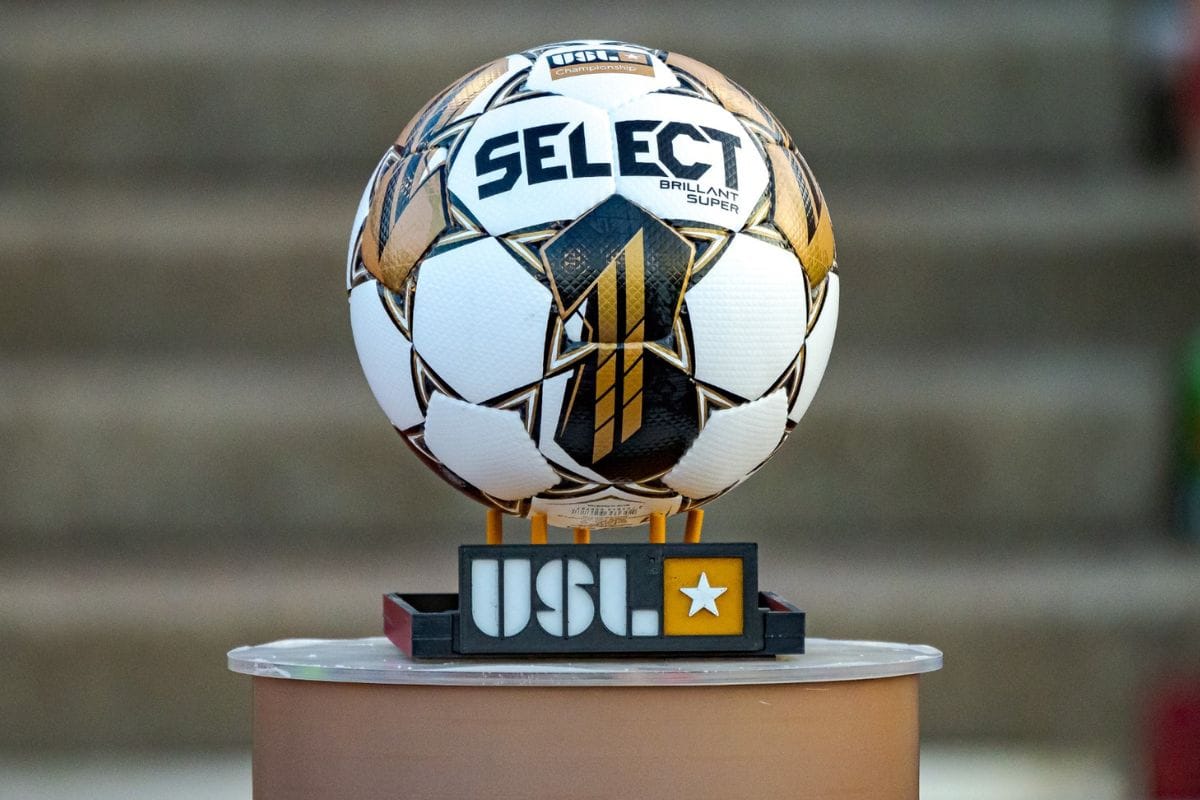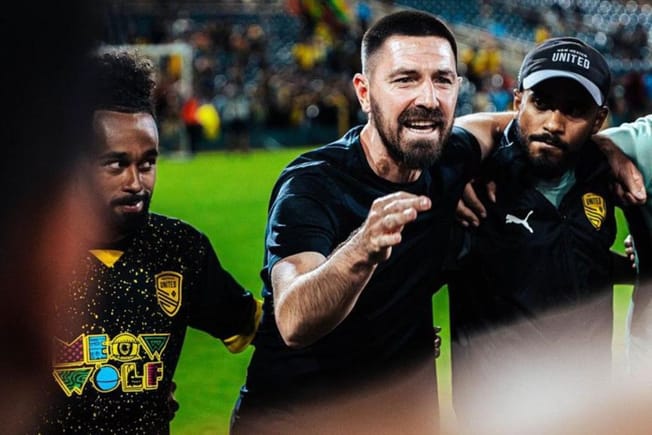The USL Championship’s title game on Saturday will be the last on-field battle of the 2025 season. Off the pitch, however, the USL Players Association and the league itself are locked in for a new contest: ongoing negotiations over a new collective bargaining agreement.
When the USL and USLPA ratified their first CBA in 2021, it was lauded as a major moment in American lower league soccer. Players won minimum compensation guidelines; clubs and their owners were given a sense of financial clarity. Then-USL president Jake Edwards celebrated the occasion as a step toward being “globally recognized as a player-centric league.”
Now, the league and its players are at an impasse with the CBA set to expire on December 31st. How did we get to this point, and how is the USL model impacting the negotiations? Note: The USL did not respond to a request for comment.
‘We actually have to invest in the product’
The league and its players have come a long way in a short period. Before the first CBA, zero-dollar contracts were common. Taking on a second job was a necessity for many, and lower-league players often left the game for more lucrative occupations. 2021’s agreement set important baselines across the USL Championship.
“Previously, there was zero standardization. The experience at club ‘A’ could be night and day different than club ‘B’ – from pay to professional experience to how you're taken care of medically,” Connor Tobin, executive director of the USLPA, told Backheeled. “With the first CBA, the balance was getting 36 businesses facing the same direction, much less [improving] the standard.”






